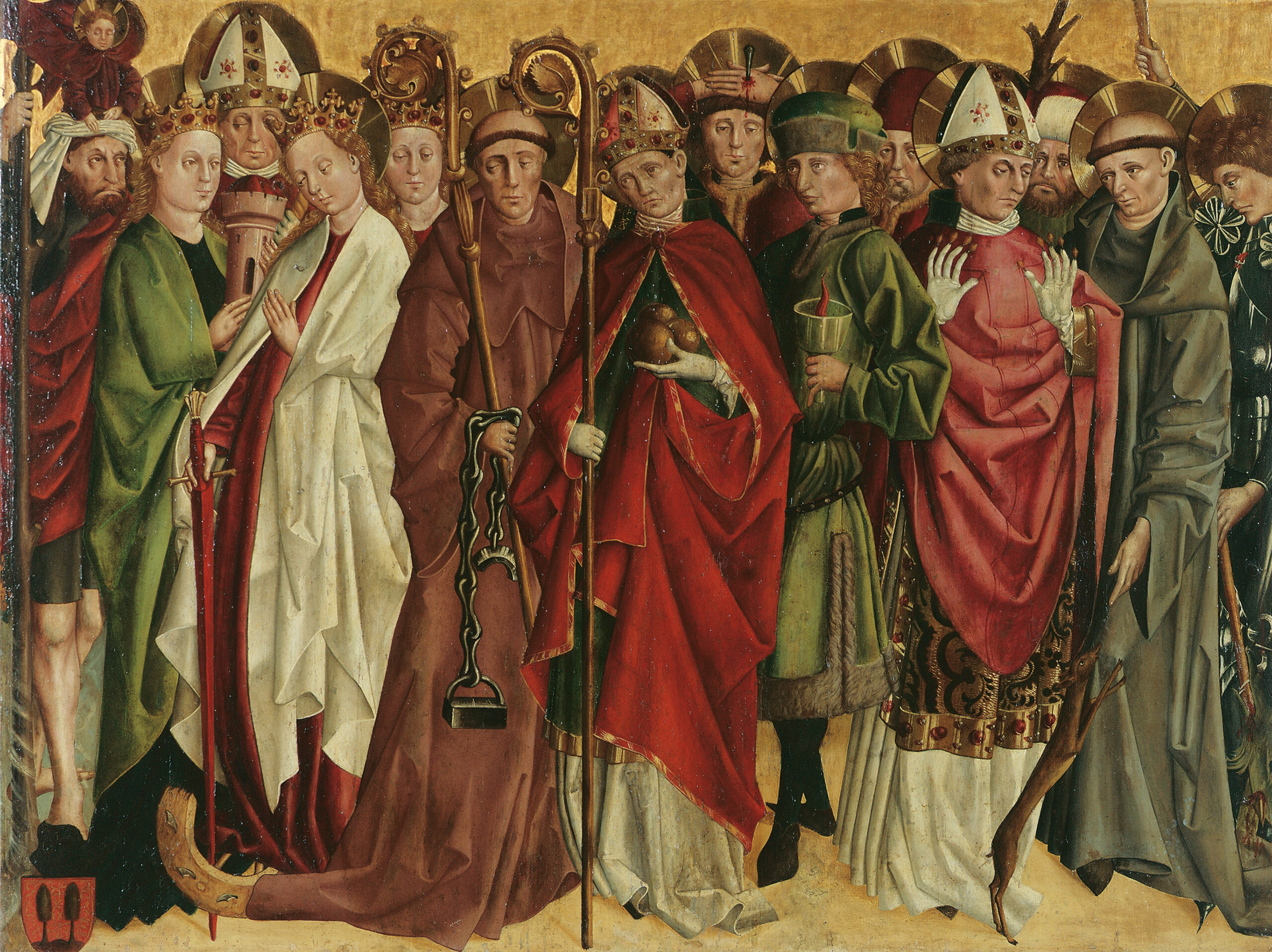According to tradition, a Eucharistic miracle occurred in the small Umbrian town of Bolsena, Italy, near Rome, in 1263. A German priest known as Peter of Prague was travelling through Bolsena on his way to Rome. He had embarked on such a long journey (from Prague to Rome) to strengthen his faith in the Eucharist and resolve his doubts about the transubstantiation of the bread and wine into the body and blood of Christ. The priest stopped to celebrate Holy Mass in the Church of St. Cristina, a usual resting place for pilgrims to Rome. St. Cristina was a woman of unwavering faith venerated as a Christian martyr from the third century.
Peter prayed with devotion at the tomb of St. Cristina. Then he celebrated Holy Mass there. After he spoke the words of consecration, this doubting Peter of Prague reported that blood issued from the Host as he held it above the chalice. He said the blood trickled down his hands and drenched the cloth known as the corporal (from Latin corporālis, “of the body”) on the altar. Peter could not continue officiating the ceremony because he was so elated. He wrapped the Eucharist in the corporal and went to the sacristy. As he walked, drops of blood spilled onto the marble floor.
The people in the village of Bolsena spread the news of the miracle quickly and decided to form a procession to deliver the blood-stained cloth to a nearby city of Orvieto for Pope Urban IV to see. Orvieto is also near Rome, and this is where the pope lived. The pope heard about the miracle from the clergymen who accompanied Peter of Prague and the people of the village.
The pope is said to have been so excited that he gathered Church dignitaries, such as archbishops and cardinals, to meet the procession on the bridge at Rio Chiaro and welcome them. Before the large crowd that followed, Pope Urban IV kneeled and received the miraculous Host and blood-stained corporal. When Peter met with Pope Urban IV, he confessed his doubt and received absolution.
Pope Urban IV appointed representatives from his court to investigate the alleged miracle at Bolsena. Among these representatives was the bishop of Orvieto, Giacomo Malatraga. He was accompanied by the theologians Thomas Aquinas and Bonaventure from Bagnoregio. They were to ascertain the facts of the case and bring all the relics from the miracle back to Orvieto.
The pope placed the relics in the Cathedral of Orvieto, where they are still enshrined today. The Basilica of St. Cristina in Bolsena remains her tomb, and the altar upon which the miracle occurred resides in a new chapel built in 1693.
Pope Urban IV is credited with instituting the feast of Corpus Christi (Body of Christ) throughout the Latin rite with the publication of his papal bull Transiturus de hoc mundo. There is disagreement among scholars as to the connection between this miracle and this solemn commemoration throughout the universal Church. The bull was issued in 1264, one year after the miracle was reported.
St. Thomas Aquinas contributed to both the bull and the liturgical works. The shortest narrative holds that Pope Urban IV was “prompted” by the Eucharistic miracle to institute the feast day and that he commissioned Thomas Aquinas to compose the Office for the Mass and Liturgy of the Hours to honor the Holy Eucharist as the Body of Christ. Historians have provided a broader context of this period during the High Middle Ages (1000–1347) in Italy, and we find some inconsistencies in the story. Corpus Christi liturgies already existed nearly two decades before the papal bull extended the solemnity to the universal Church.
This article below is taken from a chapter of Behold, It Is I by Dr. Stacy Trasancos and Fr. George Elliott, which is available from TAN Books.









